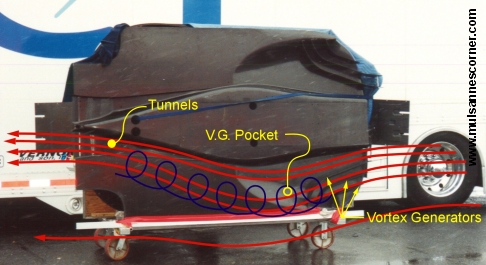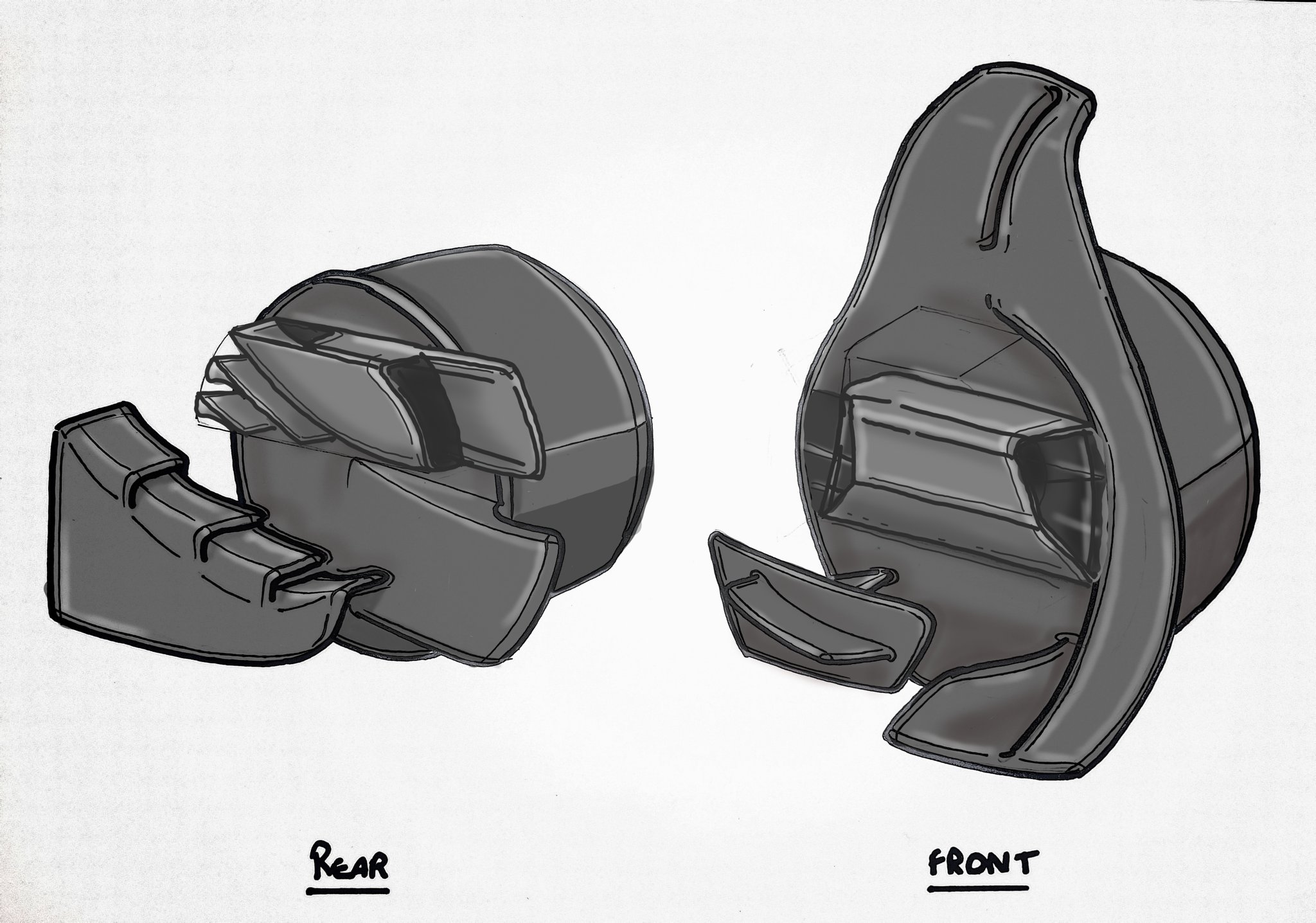Chuckjr wrote: ↑13 Feb 2022, 06:27
Since these cars use the Bernoulli effect for most of their downforce starting this year, I’d like to better understand the forgiveness or lack thereof, of this aero anomaly.
So my main question is, is the break point for the “suck effect” of this system sudden, or is it forgiving?
For instance, if the car lifts off the ground from a curb bump and jumps, say, an inch or so past the main suck point (I’m assuming that’s the pinch point before the opening to the end of the car), will the car suddenly lose a majority of its downforce and tend to lift more easily? Or, is Bernoulli’s amazing suck zone a forgiving one, and the car can go 1”, heck even 2” past the main downforce driving area and still maintain most of the sucking effect?
Bonus round:
How large is the area that generates the majority of the downforce under the car, and what percentage of downforce does that area generate overall? Or is the downforce evenly spread over the whole of the bottom of the car, and the pinch point is simply the beginning of the suck effect.
If these details have already been elucidated, please point me to the page. Thank you.
Thank you for any and all answers. This place is amazing when it comes to explaining the engineering of this fantastic sport, and I appreciate the insight offered in the engineering forums here. Thank you insightful contributors — your efforts are appreciated.
I’ll try to answer a couple of these…
Sensitivity to ride height
At this point we do not know. The teams think they know, but need to confirm with actual testing. Historically, if the highest downforce is ‘peaky’ then the car will be very sensitive to ride height; but a car with broad peak (but less maximum downforce) will be less sensitive to ride height. Obviously a high broad peak that is not too sensitive would be the best compromise (but probably like trying to hunt down a unicorn…).
Because of how the tunnels are shaped (and assuming that they follow Bernoulli’s theory, the entrance of the tunnel should be speeding up the airflow, such that the peak speed (and lowest pressure) occurs at the leading edge of the flat section of floor, the longer this low pressure area can be maintained the better, the outlet (tunnel exit) should be designed to slow the airflow back to the same air speed (and pressure) that is present at the rear of the car. The tunnels should be designed to do this efficiently without stagnation points. This is probably why we are seeing ‘stepped’ tunnels in the launch cars.
This will tend to work alongside the ride height sensitivity as if the floor becomes ‘choked’ and cannot allow the airflow through the high-speed flat section (throat), all downforce generated by the floor disappears and an effect known as porpoising occurs. This is a bad thing.
Until they know the exact behaviour of the cars expect the drivers to be very respectful of the kerbs at the corner apex.
Hope that helps.
And that it isn’t a load of old bollocks….
Perspective - Understanding that sometimes the truths we cling to depend greatly on our own point of view.






